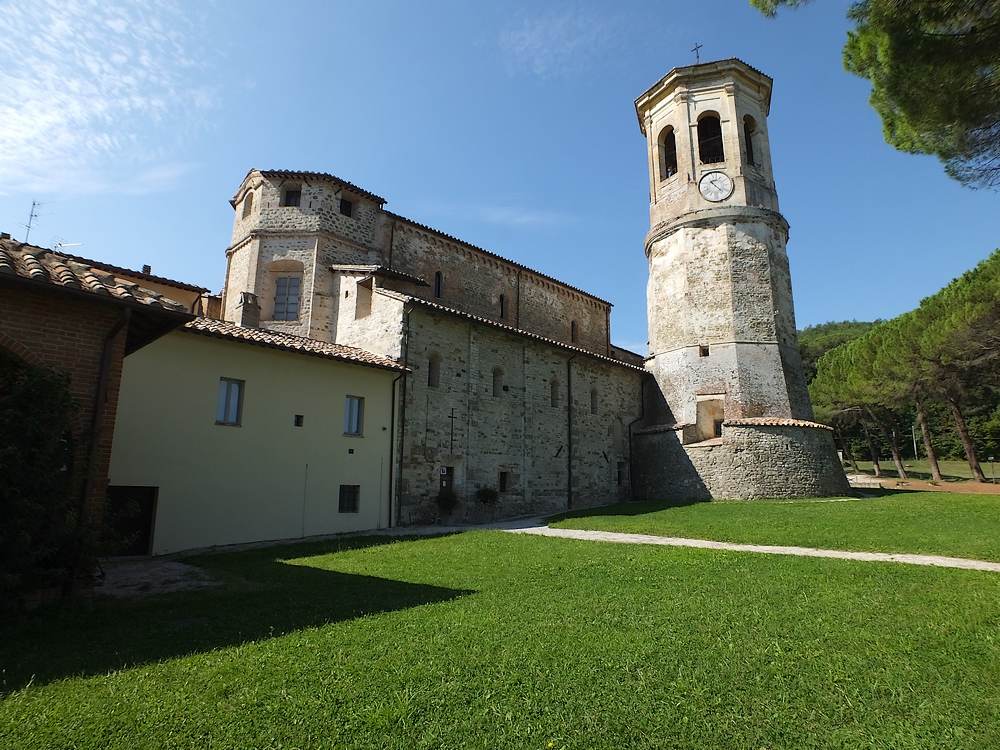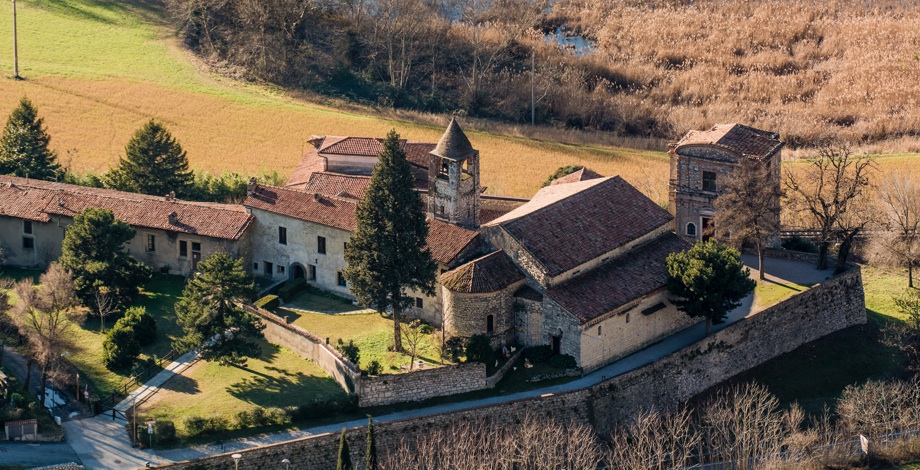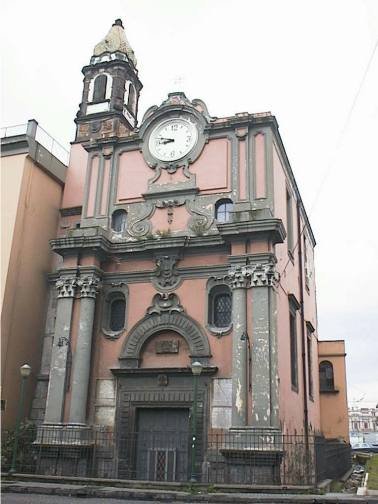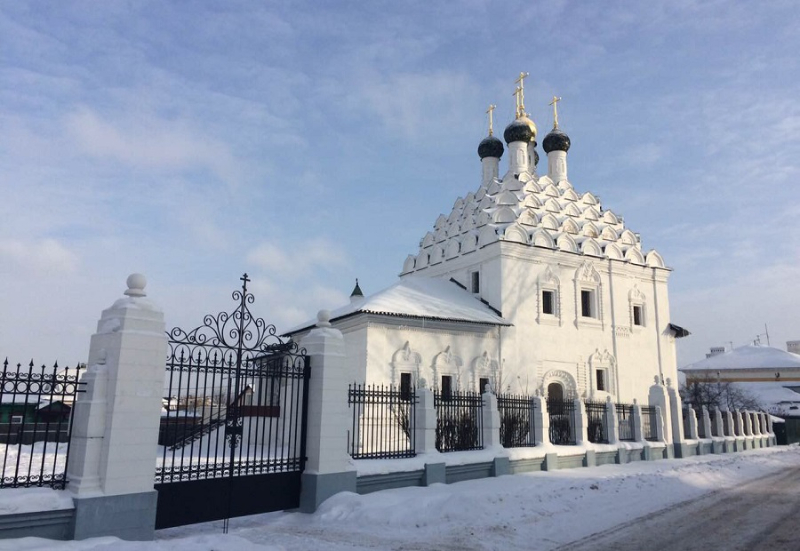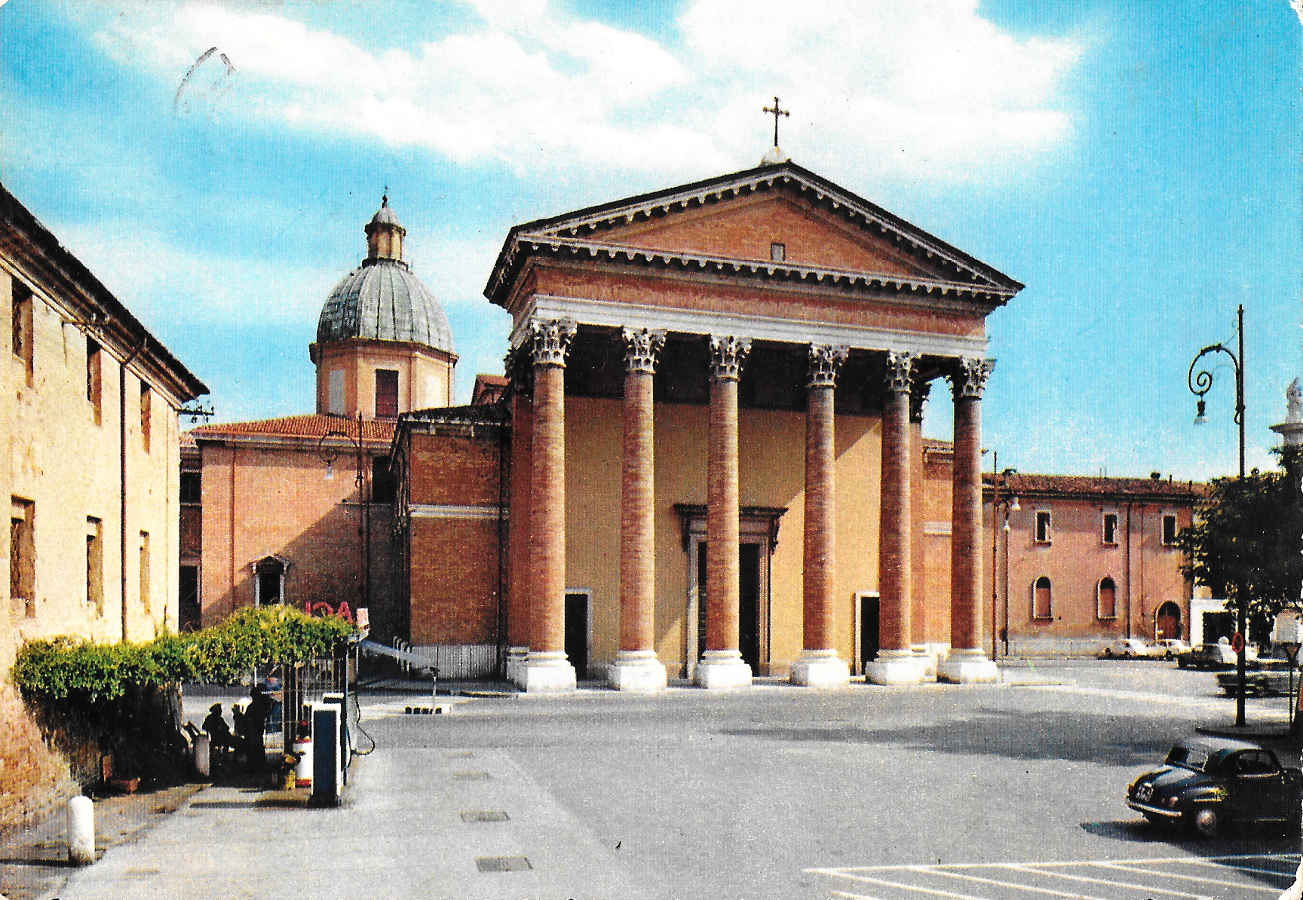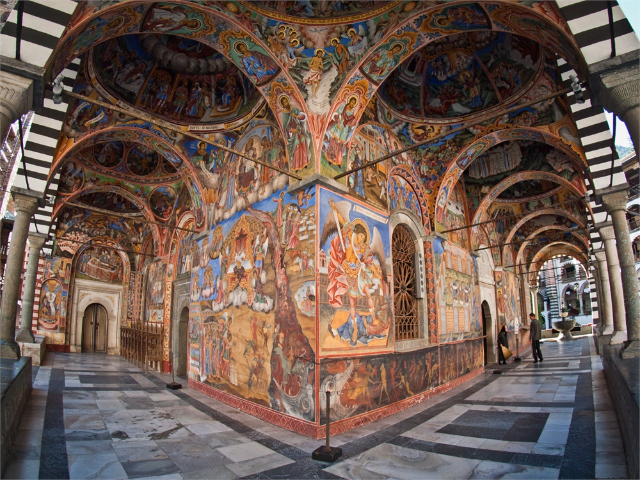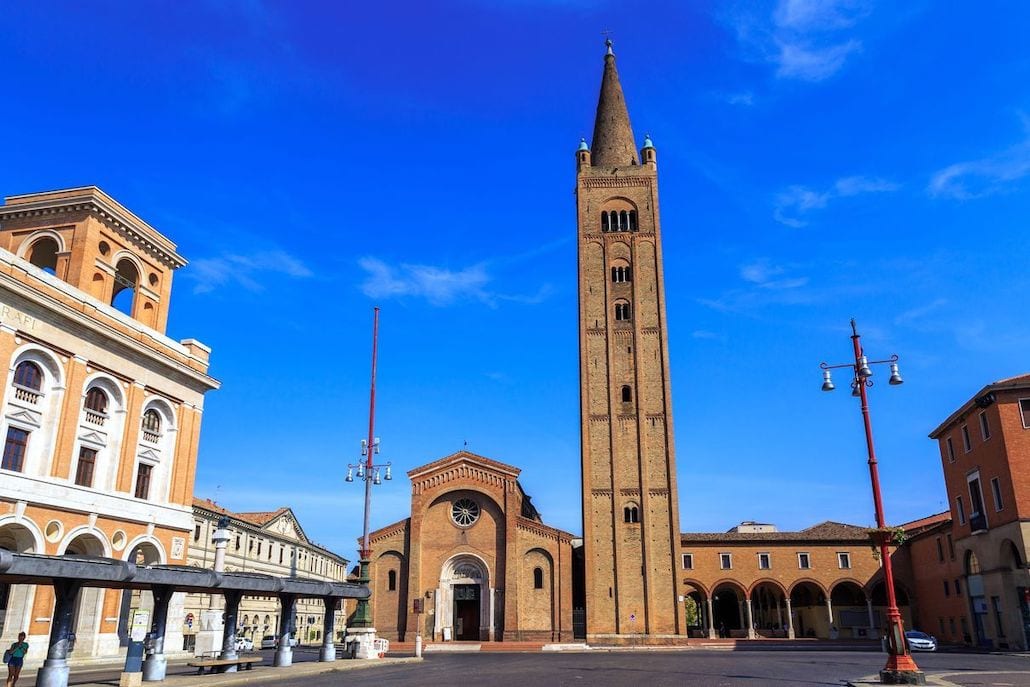The Abbey of San Salvatore di Montecorona was founded, according to tradition, by Saint Romualdo who, shortly after the year 1000, built a hermitage there which, after a little more than two centuries, had jurisdiction over 21 churches.
Originally the Abbey was inhabited by Camaldolese monks, but later it passed to the Cistercians (1234). It then returned to the Camaldolese in 1523 and became the mother house of the Benedictine Order of the Company of St. Romuald. After 9 years, in order to observe the monastic rule more correctly, the building of the hermitage at the top of Montecorona began; the Abbey, already a place of cenobitic life, soon became an important economic centre (among other things, there was a renowned pharmacy that traded medicines obtained from the medicinal herbs of the area).
Dominated by the unmistakable octagonal bell tower, the church, of Romanesque design with three naves, was consecrated in 1105. The crypt with five naves and three apses overlooked by cross vaults supported by Roman and/or early medieval columns, all different from each other, is very evocative.
Another valuable element is the 8th century ciborium coming from the small church of San Giuliano delle Pignatte and placed in the Abbey only during the restoration works of 1959.
